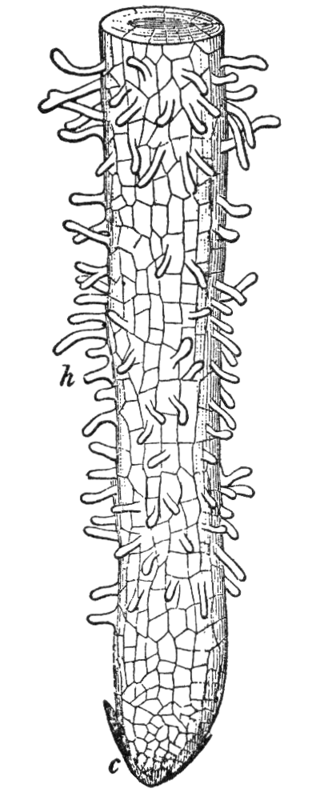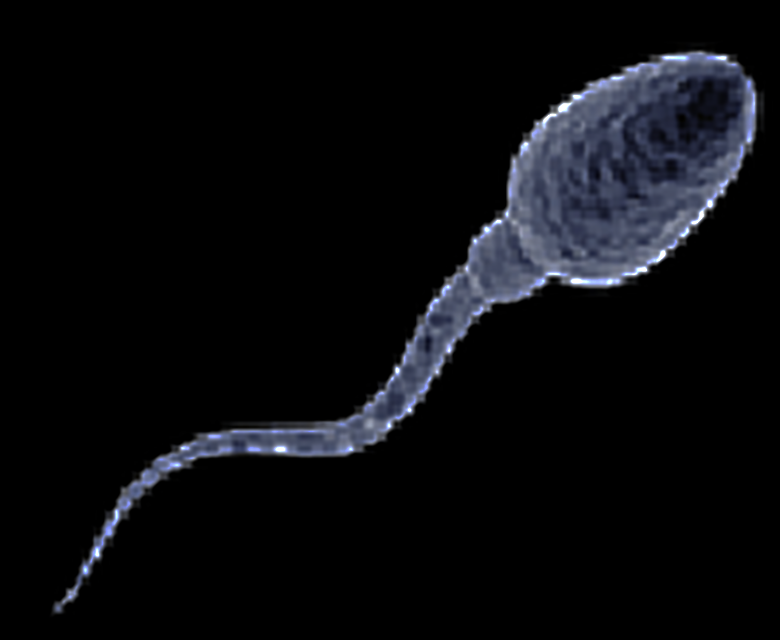|
10 minutes maximum! Can you do it in 5?
Q1+2: The pictures show cells from 2 different types of organism:
|
|||||||||||||||||
1. Cell type Y shows cells from..
| |||||||||||||||||
2. Which of the following statements is true?
| |||||||||||||||||
3. Which of the following parts of a plant cell is NOT part of an animal cell?
| |||||||||||||||||
4. The cell wall of a plant is made up of ..
| |||||||||||||||||
5. Chloroplasts carry out which function in a plant cell?
| |||||||||||||||||
6. Cells become specialized to carry out special functions.
| |||||||||||||||||
7. The sketch here shows root hairs on a new root.
|
 | ||||||||||||||||
8. The image shows a human sperm cell.
|
 quapan | CC 2.0 | ||||||||||||||||
9. Which row gives the correct functions of both the cytoplasm AND the cell membrane?
| |||||||||||||||||
10. Which is the correct order of levels of organization from smallest to largest? |
|
||||||||||||||||
| |||||||||||||||||